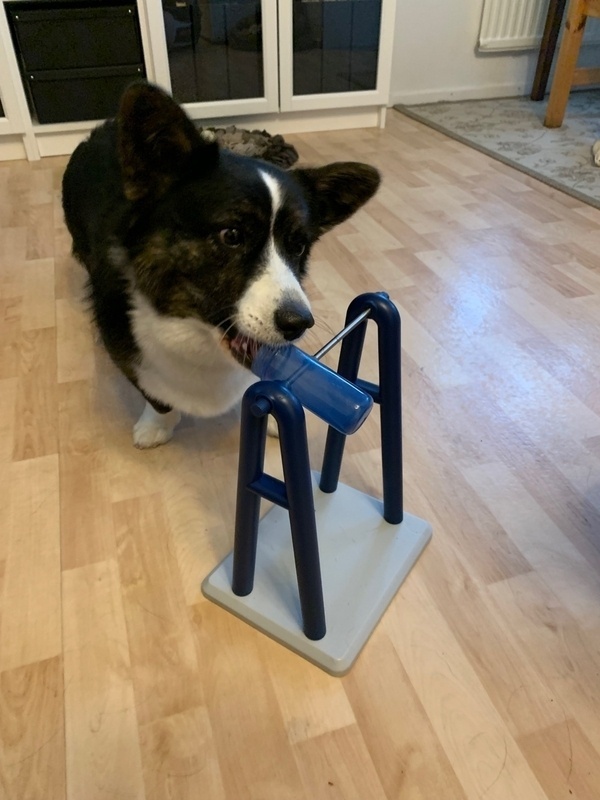DailyDogo 625 🐶

DailyDogo 625 🐶

Half-Watching some Baseball and doing some light reflective writing. That’s enough for a Friday night.
Dog and Partner are away until Monday. I’ll have to see if daily dogo happens today or not…
The combination ChatGPT and Keyboard Maestro is really something.
DailyDogo 624 🐶

Who would have thought that I play the role of the code quality lobbyist in my new job?
DailyDogo 623 🐶

In other news: I solved my first real hard and urgent ticket at my new job and am proud as f about it!
Car front window got a crack while my partner was calling me to tell me that there was a dangerous situation before, unrelated to this accident. She didn’t get hurt, but we both got scared, of course.
DailyDogo 622 🐶

DailyDogo 621 🐶

DailyDogo 620 🐶

DailyDogo 619 🐶

DailyDogo 618 🐶

DailyDogo 617 🐶

Who would have thought that PHP_Codesniffer is actually superior to php-cs-fixer… (Not me. But it is.)
DailyDogo 616 🐶

DailyDogo 615 🐶



DailyDogo 614 🐶

You don’t need to be a “test first”/test-driven developer to like tests in your application.
DailyDogo 613 🐶

There is a great OmniFocus plug-in by Kaitlin Salzke called Work On which apparently is an idea - the work on task that is - that Kourosh Dini came up with.
People who know GTD know that I’m at least to define the next step that would bring my project closer to completion. But sometimes even that gets in the way and so I end up not setting up the project in OmniFocus at all. The antidote is a repeating “Work on” task that I can check off when I did an appropriate amount of work. Instead of defining the next step I’m just working on it and especially in projects that are self evident, creative or not in need of lots of planning this is a great idea.
Kaitlin’s plug-in makes this thing now even better, because I can check the task off for the whole day and it won’t come back until tomorrow.
Great idea, great plug-in. Give it a try.
P. S.: It’s maybe slightly too early to write a post like this, but I just wanted to share my enthusiasm. So take it with a grain of salt - and ask me in 3 months if I’m still using this.
DailyDogo 612 🐶

DailyDogo 611 🐶

I didn’t sleep long. I didn’t sleep deeply or well, really. But man, did I enjoy sleeping on the couch for a little bit just now. What a great start to the evening.